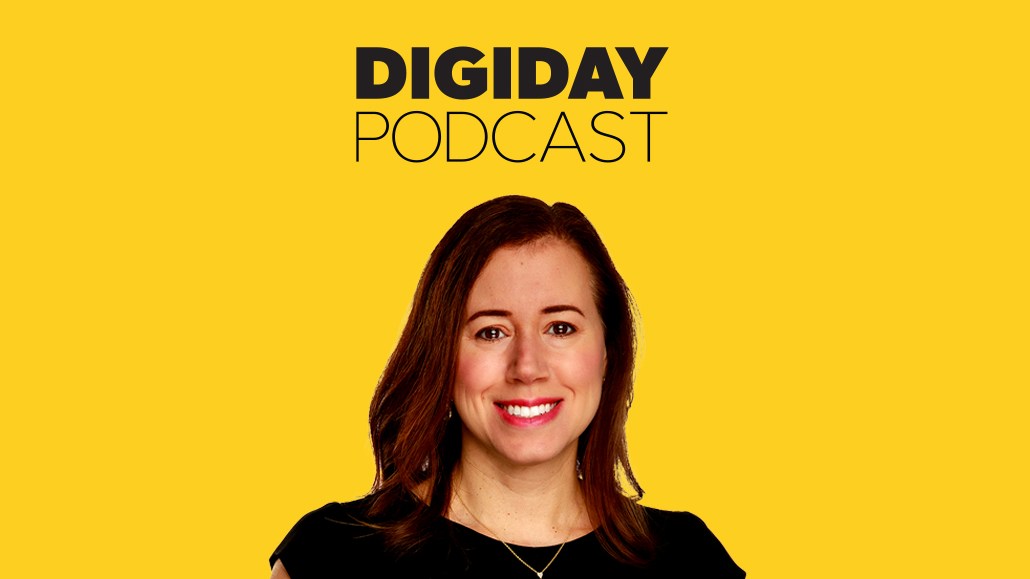Save 50% on a 3-month Digiday+ membership. Ends Dec 12.
A postmortem on this year’s TV and streaming upfront ad market with UM Worldwide’s Marcy Greenberger

Subscribe: Apple Podcasts • Spotify
After a string of somewhat monumental upfront cycles since 2020, this year’s annual haggle between TV and streaming ad buyers and sellers was hard-pressed to prove its significance. And yet it did.
“The biggest shift or change this year is it was really a reset year from a digital video standpoint in terms of pricing,” UM Worldwide’s chief investment officer Marcy Greenberger said on the latest Digiday Podcast.
Disney and Netflix were among the more notable sellers to drop their streaming ad rates in this year’s upfront cycle. But they weren’t alone. In fact, given the ramp-up in streaming ad inventory this year with Amazon Prime Video’s entry into the market, seemingly all sellers were more focused on overall spending commitments than specific pricing thresholds.
“There’s just so much more supply that finally convinced the suppliers or the publishers to rethink what the pricing is there often in exchange for volume, but really saw a reset that benefitted advertisers tremendously,” Greenberger said.
And that reset is likely to have a legacy that could outlast these latest upfront deals. In some cases, streaming ad sellers dropped their rates by 30% to 40%, according to Greenberger. “I don’t know that I see another massive reset [in streaming ad pricing in the future] like we saw this year,” she said.
Here are a few highlights from the conversation, which have been edited for length and clarity.
TV ad prices
There’s still a disparity between what we see in terms of linear TV pricing and digital pricing. When you think about it on a total audience perspective — because in linear TV, even if you’re guaranteeing on a demo, you’re still reaching everybody — [linear TV] can be incredibly efficient, sometimes less than $10 [per thousand impressions]. We’re still not even close to that from a digital video perspective.
Streaming ad prices
What I’ll call a more premium publisher or at least the ones that are maybe newer entrants to the marketplace are more in the $20 to $30 [CPM] range.
Upfront flexibility
We’re seeing increased flexibility. Whether that is in the ability to add dollars throughout the year without having to pay a scatter premium or the ability to cancel both a higher percentage of your dollars as well as on a more rolling basis or closer to your live date.
Agency- vs. client-level upfront deals
There were more deals that were done at an agency level versus at an advertiser level. And so that enables clients to come in and out more fluidly, so long as you’re meeting agency commitments. That is one of the ways we enable greater flexibility, but it doesn’t tie individual advertisers to specific commitments.
More in Future of TV

Future of TV Briefing: The streaming ad upfront trends, programmatic priorities revealed in Q3 2025 earnings reports
This week’s Future of TV Briefing looks at what TV and streaming companies’ latest quarterly earnings report indicate about the state of the streaming ad market.

Future of TV Briefing: The creator economy needs a new currency for brand deals
This week’s Future of TV Briefing looks at why paying creators based on reach misses the mark and what IAB is doing to clear up the creator-brand currency situation.

Future of TV Briefing: WTF is IAB Tech Lab’s device attestation tactic to combat CTV ad fraud?
This week’s Future of TV Briefing breaks down the CTV ad industry’s new tool for fighting device spoofing.







